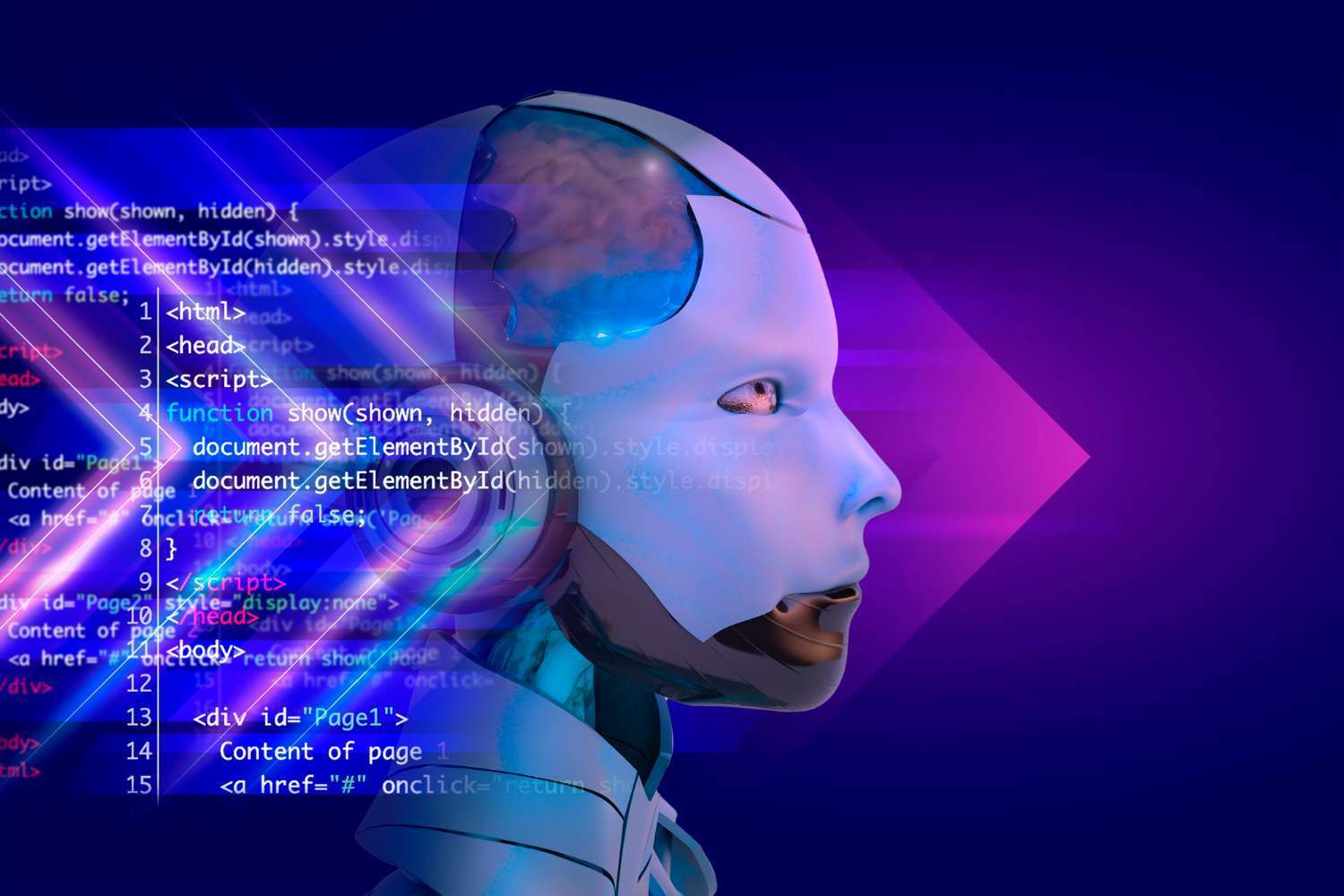The surge of interest in artificial intelligence has brought Natural Language Processing with Python to the forefront, a field that not only fascinates but also holds the key to unlocking a wealth of information hidden within our digital interactions.
This article aims to serve as the crucible that melts down complex concepts into actionable knowledge 🧠. For professionals immersed in the dynamic world of technology—where the pressure to keep abreast of the latest advancements is a daily challenge—the insights here will serve as the tools to refine their craft.
From scripting automated responses to synthesizing data into coherent strategies, readers will emerge with a solid grasp of how to apply Python’s libraries and features in crafting solutions that are both sophisticated and practical. 🚀
Understanding the Landscape of NLP
An Overview of Natural Language Processing (NLP) with Python
Delving into NLP begins with understanding its basic premises and applications. Python, the linguist’s hammer and anvil 🪓, provides the perfect balance of readability and robustness, making it an ideal choice for NLP tasks. The language allows for clear scripting that aligns well with the intricate operations of parsing and analyzing texts.
Achieving true proficiency in NLP involves understanding not only the algorithms but also the nuanced structure of human language. Python facilitates this through its extensive ecosystem of libraries 📚💻, designed to address the layered complexity of linguistics, including tokenization, sentiment analysis, and entity recognition.

The Python NLP Toolkit
Python, empowered by the Natural Language Toolkit (NLTK), evolves beyond a mere scripting language, transforming into an artisan’s toolset. NLTK serves as the cornerstone for language processing, providing modules and packages to effortlessly structure and interpret textual data. 🧱
For text analysis, tools like NLTK use crucial techniques: breaking down language into tokens, tagging parts of speech, and recognizing patterns to reveal underlying intent. This mirrors the work of a language mason, chiseling raw text into structured data blocks. 🔍📊
Applications and Problem Solving
Data-Driven Strategies
Understanding language with Python opens doors to diverse applications, particularly in leveraging data for informed business decisions.
Extracting insights from customer feedback, analyzing market trends, and developing intelligent chatbots 🤖 are real-world scenarios where Python excels.
R&D managers, product developers, and marketers can make significant progress by mastering NLP techniques. This mastery can automate content creation, enhance data-driven decision-making, and effectively transform organic conversations into actionable strategies.
Optimizing Content and Creativity
Content creators can leverage their newfound NLP prowess to tailor content that resonates with their audience or streamline workflows by identifying and automating repetitive elements.
Python’s deft handling of text allows for crafting narratives that are both analytically sound and creatively robust.
AI’s generative potential, unleashed through Python’s language processing capabilities, empowers marketing teams to enhance creativity with data-backed insights. This transformation turns sporadic ideas into cohesive content strategies grounded in linguistic analysis. 📊💡
Technical Proficiency in NLP
Algorithms and Data Structures
Delving deeper into the technical realm, grasping algorithms and data structures is pivotal in NLP. Python’s extensive libraries, such as WordNet and Treebanks, provide access to richly annotated datasets. This enables a steadfast navigation through the architecture of language.
In the hands of a skilled coder, algorithms like Naive Bayes or LSTM shift from abstract concepts to tangible assets when coupled with Python’s expressive syntax. This fusion of linguistic knowledge with computational logic forms the bedrock of practical NLP applications. 💻🤖

Machine Learning Integration
As with any field in AI, integrating machine learning with NLP opens doors to new realms of possibilities.
Python’s compatibility with TensorFlow or spaCy makes it versatile for developing language models. These models can predict, translate, and generate human-like text.
Tech professionals in Silicon Valley or Bangalore leverage Python’s ML strength in NLP. This empowers them not only to interpret but also to foresee linguistic data trends, providing a competitive edge in the fast-paced AI landscape.
Tangible Results and Industry Transformation
Automation and Efficiency
Python’s practical implications in NLP elevate efficiency and automation capabilities 🚀🧠. Automating the once time-consuming endeavor of data entry frees up human intellect for more creative pursuits.
Teaching Python to comprehend the subtleties of human language sets the stage for transforming how we process information. Achieving unprecedented precision and speed, Python streamlines communication channels, automates customer service interfaces and translates between languages.
Enhanced Decision-Making
At its core, the knowledge of NLP empowers individuals to make better, data-informed decisions. Python serves as the lighthouse amidst the sea of data, providing clarity and direction with its calculated analysis of texts. For decision-makers, this translates into a crystal-clear understanding of market sentiments, consumer needs, and emerging trends. 📈
Whether it’s a CTO deciphering the voice of the customer or a marketing team crafting a campaign, Python’s adept handling of NLP tasks ensures that every word and phrase is weighted with the potential to inform and influence critical business choices.
Conclusion
Embarking on the journey of Natural Language Processing with Python is more than just adding a skill—it’s about transforming the lens through which the language landscape is viewed.
In an era where every keystroke and utterance can be the key to unlocking vital patterns and preferences, Python emerges as the essential companion for professionals seeking to refine their understanding of human language.
The article has outlined how, through mastering core NLP techniques and embracing Python’s nuanced handling of these tasks, challenges such as automating content creation or streamlining decision-making processes become opportunities to drive innovation and growth.
With the knowledge and practical skills provided herein, tech professionals are now better equipped to turn the tide of unstructured text into structured success. 📚🚀
- The Agentic Startup Manifesto - June 8, 2025
- Remote Hiring in 2025 - April 5, 2025
- Burnout in Remote Teams: How It’s Draining Your Profits - January 27, 2025
